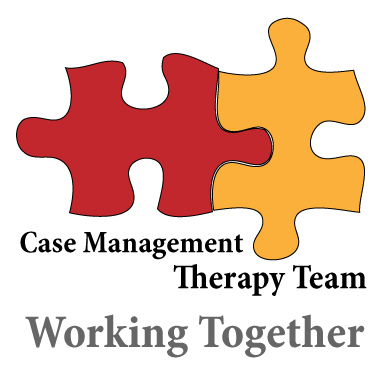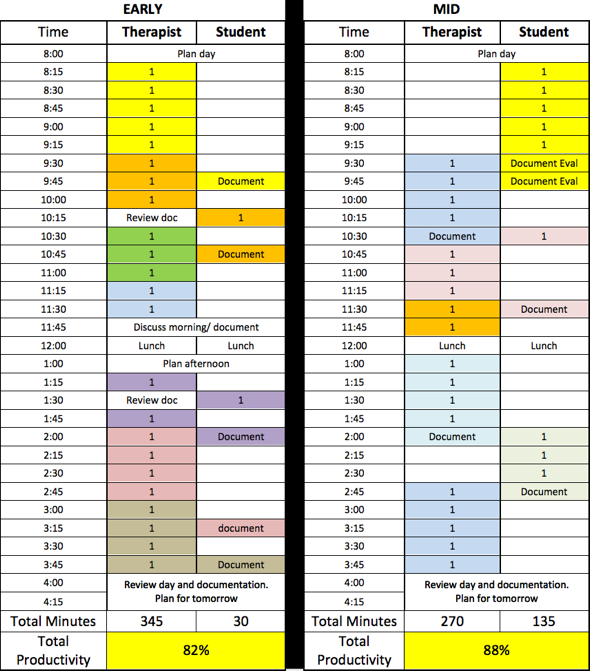by Jesus Rodriguez, OT, Grand Terrace Rehab and Healthcare, McAllen, TX –
Getting an education can be a challenging experience for many. Imagine adding other factors to the equation, such as family and full-time employment. This can make it difficult for those who work and attend college to be successful in achieving that goal. In addition, many believe that the traditional route of getting an education going from high school straight through college still exists. However, this is not true. Many students are now obligated or choose to work in order to pay for school or to avoid loans. Furthermore, not everyone chooses to go to college after high school or complete a higher education at once. This is true for me.
My road to getting an education has been a journey. I graduated from an occupational therapy assistant program in May 1999 and initiated my practice shortly thereafter. After a few years off, I received a second associate’s degree in interdisciplinary studies in 2004. I took some time off to allow my wife to attend college and get her degree, and then I started school again on a part-time basis, wanting to continue my education but not knowing in what discipline. I finally chose to go back to OT school and earned a Bachelor’s Degree in Health Service Technologies in 2008. In 2009, I initiated the COTA to MOT bridge program at Texas Woman’s University in Denton. I am graduating this year and with great feelings of relief.
The process of continuing your education can be a tedious and challenging one, but it’s well worth it. It starts by ensuring that you have the self-discipline, self-motivation and determination to start and finish what you undertake. It also takes much planning with your family in order to ensure that all the finances, roles and family responsibilities fit in with this venture, and that everyone is willing to sacrifice themselves and understands what is about to happen. Remember, you are not doing this alone if you’re married and have kids; your family does it with you.
After you’ve finalized your decision of going to school, the second step is to gather the information needed to apply to the program such as requirements for application, the application process, and information on the process of completing the educational and clinical coursework. Thereafter, once you are accepted into the program, take time to organize your work, family and school life and prioritize the times allotted for each in order to succeed in the different roles you will have to assume. As for me, after many years of hard work, long work hours, late nights, sports practices and games, white hairs, and four kids later, I am finally DONE!


 Football has a play book, but sometimes, the plays get changed. Troy Palamalu picks up on the quarterback’s audible at the line of scrimmage and calls for a blitz and “BAM,” down goes the quarterback. Troy got it right and made the play. Rehabilitation in the Skilled Nursing Facility has regulations. The therapist is comfortable with his understanding of a rule and “BAM,” the rule changes. But, unlike the quarterback in this story, the therapist doesn’t go down.
Football has a play book, but sometimes, the plays get changed. Troy Palamalu picks up on the quarterback’s audible at the line of scrimmage and calls for a blitz and “BAM,” down goes the quarterback. Troy got it right and made the play. Rehabilitation in the Skilled Nursing Facility has regulations. The therapist is comfortable with his understanding of a rule and “BAM,” the rule changes. But, unlike the quarterback in this story, the therapist doesn’t go down.






 By Carissa Podesta, Compliance Officer
By Carissa Podesta, Compliance Officer